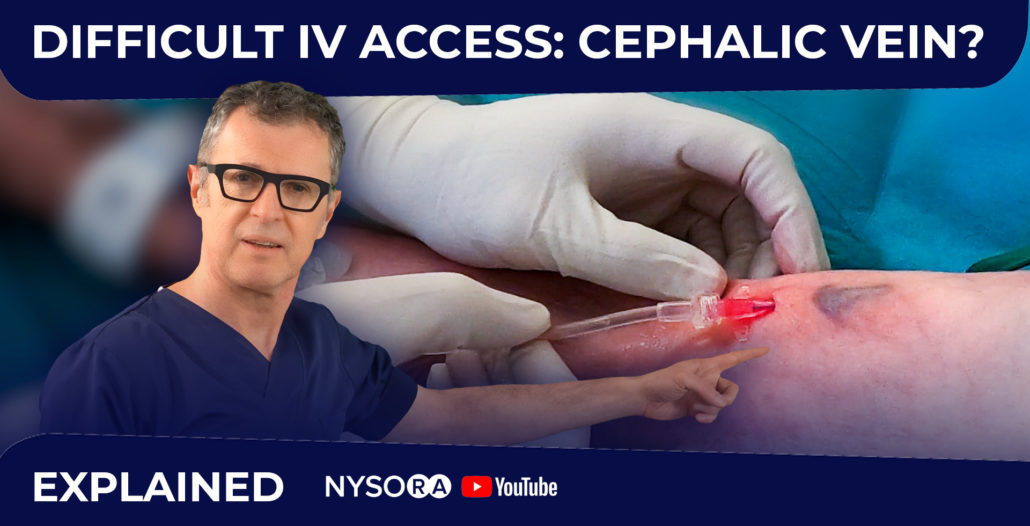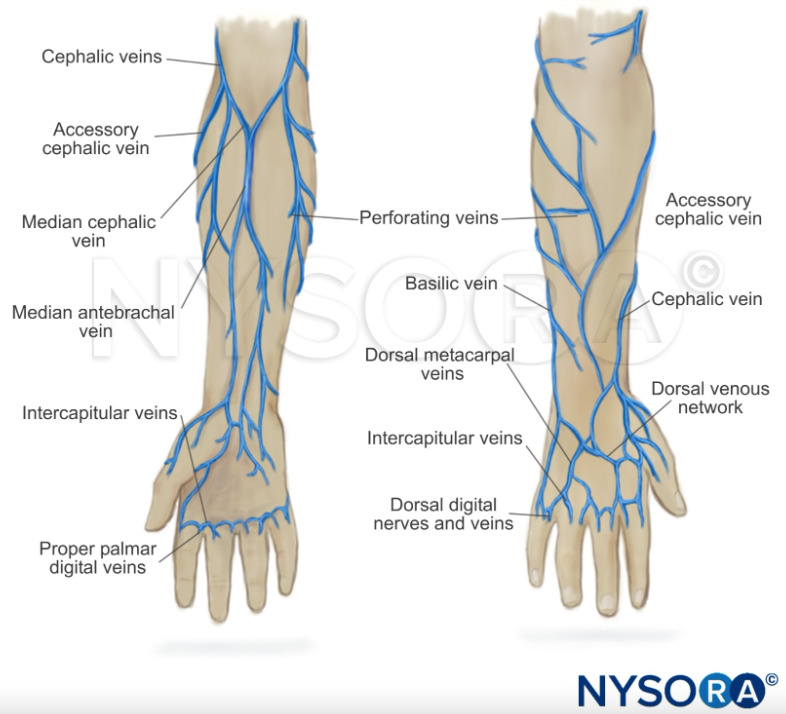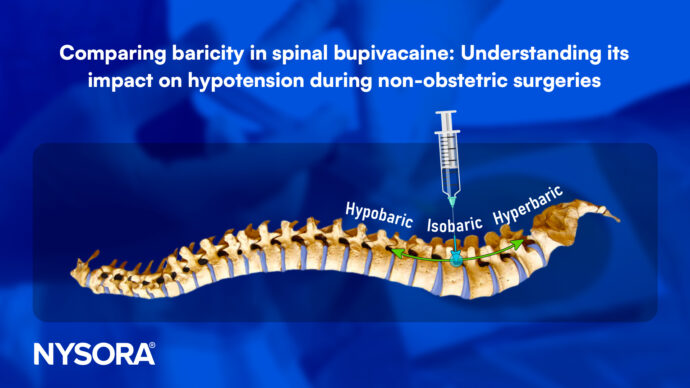
Difficult IV Access: Cephalic Vein
Let’s face it; it is not a secret that “anesthesia” is best when it comes to difficult IVs. Strictly speaking, anesthesia comes in a bottle or a vial, as one of my iconic mentors in NYC (Dr. Kevin Sanborn), used to reply to surgeons when they would use that term. Although this slang is often used by the less literate to refer to a professional specializing in practicing anesthesiology. Since we are on a definition of anesthesiology, it is a medical specialty concerned with the total perioperative care of patients before, during, and after surgery. It encompasses anesthesia, intensive care medicine, critical emergency medicine, and pain medicine (ANESTHESIOLOGY). Now, when we have unloaded this off our chest, let’s talk about near-impossible IV access. In this video, we describe one technique of obtaining IV access in patients with overused veins due to a history of chemotherapy. The patient also had been treated with steroids for years, resulting in very brittle, frail veins that ooze even with minuscule needles and properly performed venipunctures. In the patient in this video, the only option left, besides the central venous catheter was the cephalic vein.

However, access to the cephalic vein is often made difficult by the fact that the extremity distal to the site of venipuncture can not be flexed or extended to provide for a low angle of needle insertion. The video demonstrates the “bent needle” technique of cephalic vein cannulation that overcomes this problem and can be used in similar difficult-to-access veins elsewhere on the extremities. While this trick may not qualify for “rocket science” material, it can save the day on occasion, and therefore, it is good to have in your bag of tricks.
Subscribe and don’t miss out on exclusive new material shared on NYSORA’s YouTube channel. Sign-up below to NYSORA’s weekly newsletter to get timely updates on what’s new in regional anesthesia into your email inbox!



